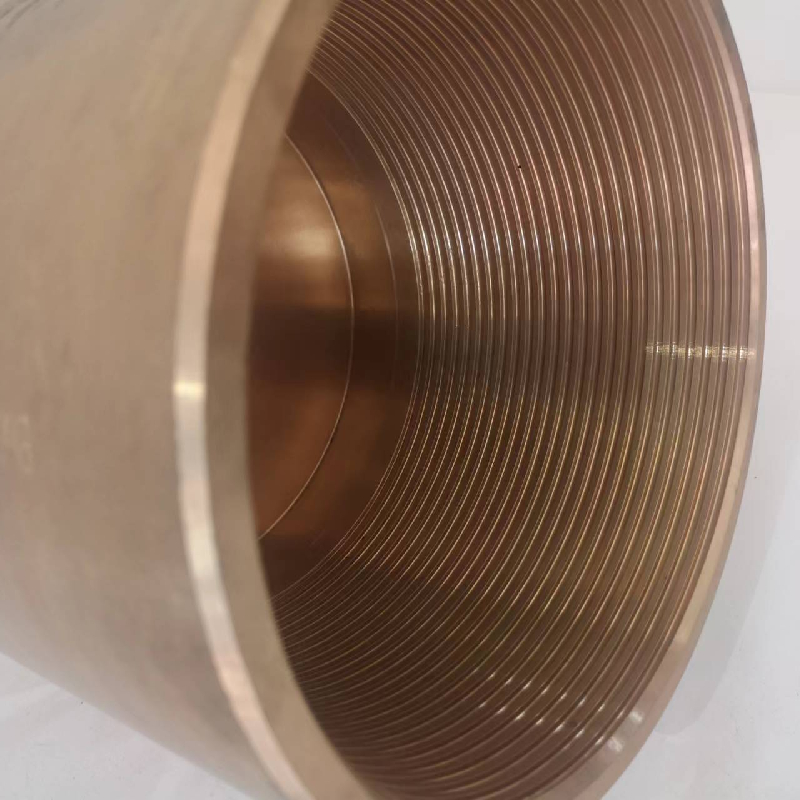- Afrikaans
- Albanian
- Amharic
- Arabic
- Armenian
- Azerbaijani
- Basque
- Belarusian
- Bengali
- Bosnian
- Bulgarian
- Catalan
- Cebuano
- Corsican
- Croatian
- Czech
- Danish
- Dutch
- English
- Esperanto
- Estonian
- Finnish
- French
- Frisian
- Galician
- Georgian
- German
- Greek
- Gujarati
- Haitian Creole
- hausa
- hawaiian
- Hebrew
- Hindi
- Miao
- Hungarian
- Icelandic
- igbo
- Indonesian
- irish
- Italian
- Japanese
- Javanese
- Kannada
- kazakh
- Khmer
- Rwandese
- Korean
- Kurdish
- Kyrgyz
- Lao
- Latin
- Latvian
- Lithuanian
- Luxembourgish
- Macedonian
- Malgashi
- Malay
- Malayalam
- Maltese
- Maori
- Marathi
- Mongolian
- Myanmar
- Nepali
- Norwegian
- Norwegian
- Occitan
- Pashto
- Persian
- Polish
- Portuguese
- Punjabi
- Romanian
- Russian
- Samoan
- Scottish Gaelic
- Serbian
- Sesotho
- Shona
- Sindhi
- Sinhala
- Slovak
- Slovenian
- Somali
- Spanish
- Sundanese
- Swahili
- Swedish
- Tagalog
- Tajik
- Tamil
- Tatar
- Telugu
- Thai
- Turkish
- Turkmen
- Ukrainian
- Urdu
- Uighur
- Uzbek
- Vietnamese
- Welsh
- Bantu
- Yiddish
- Yoruba
- Zulu
Dimensions and Specifications of Bull Plug for Optimal Performance and Compatibility
Understanding Bull Plug Dimensions A Comprehensive Guide
Bull plugs are specialized fittings used in various piping systems, particularly in oil and gas, water treatment, and chemical processing industries. They are crucial for ensuring the integrity of pipeline systems, enabling maintenance, and providing a means to isolate sections of piping without compromising the overall network. When it comes to bull plugs, understanding their dimensions and specifications is vital for engineers and technicians alike. This article will delve into the importance of bull plug dimensions, common types, and how to choose the right one for your applications.
What is a Bull Plug?
A bull plug is a type of pipe fitting that is designed to close off the end of a pipe. It is typically used in applications where temporary containment is needed, such as during maintenance or inspection of pipelines. The bull plug is engineered to provide a tight seal, preventing any leaks or contaminants from escaping the system.
Importance of Dimensions
The dimensions of a bull plug are critical for several reasons
1. Compatibility Just like any fitting, the bull plug must match the diameter and thread type of the pipe it is intended for. If the dimensions do not align precisely, it could lead to leaks or system failures.
2. Pressure Ratings Different piping materials and sizes are designed to handle specific pressure ratings. The dimensions of the bull plug must align with these specifications to ensure that the integrity of the system is maintained under pressure.
3. Installation and Maintenance Knowledge of the size and specifications of bull plugs facilitates easier installation and maintenance. Proper fitment means that less time is spent on the installation process, reducing labor costs and risks associated with incorrect fittings.
Common Bull Plug Dimensions
When it comes to bull plugs, dimensions can vary significantly based on the application and the pipe size
. However, some common dimensions includebull plug dimensions

- Thread Type Bull plugs can come with various thread types, including NPT (National Pipe Thread), BSPT (British Standard Pipe Taper), and others. Choosing the correct thread type is essential for matching the bull plug with existing piping systems.
- Pipe Size Bull plugs are available in various sizes, generally ranging from ¼ inch to several inches in diameter. Common pipe sizes include ½, ¾, 1, 2, and more. It's crucial to select a bull plug that corresponds with the diameter of the pipe.
- Length The length of a bull plug can affect the ease of installation and maintenance. Shorter plugs are less intrusive and may be easier to work with in confined spaces.
Selecting the Right Bull Plug
Choosing the correct bull plug involves several considerations
1. Purpose Determine if the plug is for temporary closure or permanent installation. This will influence the materials and design.
2. Material Bull plugs are typically made from metals (like stainless steel, brass, or carbon steel) or plastics (like PVC or CPVC). The choice of material will depend on the specific environmental conditions, including temperature, pressure, and chemical exposure.
3. Fit and Finish Ensure that the bull plug has a smooth finish and that the threads are well-cut, as rough or damaged threads can compromise the fit and sealing capability.
4. Pressure Rating Always check the manufacturer’s specifications regarding the pressure rating of the bull plug. This ensures that you choose a fitting capable of handling the operational pressures within the piping system.
Conclusion
In conclusion, understanding bull plug dimensions is essential for anyone involved in the installation and maintenance of piping systems. The correct use of these fittings not only ensures the efficiency and safety of the system but also extends its lifespan and reduces maintenance costs. When selecting a bull plug, consider the size, material, compatibility, and pressure ratings to make an informed decision. By paying attention to these factors, engineers and technicians can ensure that they use bull plugs that meet the needs of their specific applications while maintaining the overall integrity of their piping systems.
-
Tubing Pup Joints: Essential Components for Oil and Gas OperationsNewsJul.10,2025
-
Pup Joints: Essential Components for Reliable Drilling OperationsNewsJul.10,2025
-
Pipe Couplings: Connecting Your World EfficientlyNewsJul.10,2025
-
Mastering Oilfield Operations with Quality Tubing and CasingNewsJul.10,2025
-
High-Quality Casing Couplings for Every NeedNewsJul.10,2025
-
Boost Your Drilling Efficiency with Premium Crossover Tools & Seating NipplesNewsJul.10,2025







